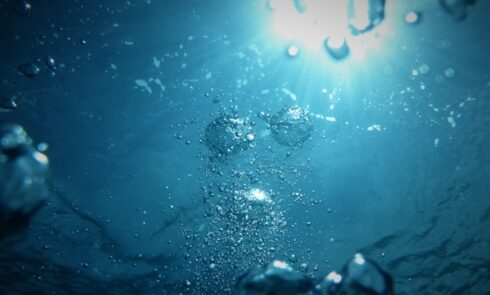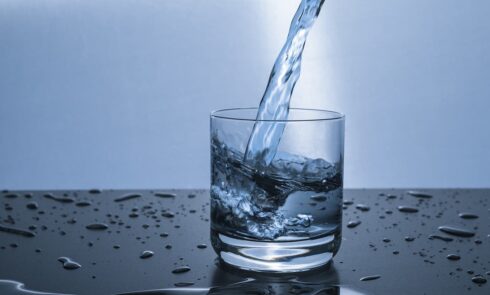The term “source water” is used to define drinking water in its original environment, either as surface water (rivers, streams, reservoirs, lakes) or groundwater (aquifers), before it is abstracted, treated and distributed by a water supply system. Source water protection (SWP) is the action of preventing contaminants from entering public drinking water sources.
Source water quality can be affected by both natural and human activities. The concept of source water protection (SWP) is to manage the areas through which water flows and the activities that take place on the land to protect the quality of the resource. These protection efforts save the community money through improved water quality that requires less treatment, a longer well life cycle, and less likelihood of having to find an alternative source or replace a well due to contamination.
Surface water is more susceptible to contamination incidents due to natural or man-made causes, such as flooding or chemical spills, but it also recovers much faster than groundwater. Groundwater is much less susceptible to contamination, but when it does occur, natural recovery is very slow. Water source protection includes both groundwater (wellhead) protection and surface water protection.
Iowa DNR’s SWP program is a voluntary program, although there are many benefits to a water system for protecting its water supply. There are three components to the Source Water Protection Program.
Phase 1 Assessment: The DNR provides an initial water source assessment, called a Phase 1 Assessment, for all public water systems in Iowa. This assessment details the water system’s existing wells, delineates water source protection zones, lists contaminant sensitivity classifications, and provides known potential sources of contamination.
Source Water Protection Plan: In the second step, the system develops its SWP plan with the help of a local team.
These plans are sometimes called Phase 2 plans. The components are listed in a template plan that is used to guide the team through the process to determine how the system will protect its drinking water resources.
Implementation: In the third phase, the SWP plan is implemented, addressing the specific elements that the community and system will use to protect their drinking water resources.
Developing a good SWP plan does not require the help or involvement of an engineer or consultant. The system may wish to contact an outside organization for assistance. The Iowa Conservation Districts and the Iowa Rural Water Association provide experienced water source consultation and assistance for developing a SWP plan, at no cost to the public water system.


